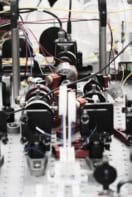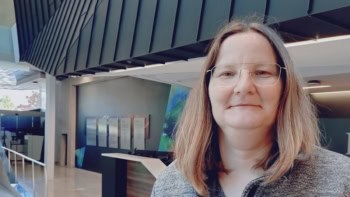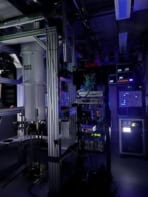A new technique that can transport quantum particles over a distance of 0.1 mm - which is enormous by quantum scales - while preserving their quantum properties could lead to new forms of electronics and computing. Integrated circuits currently use electron charge to store and transfer information. However, if the spin of the electron could be manipulated, it could led to a new generation of electronic devices - including quantum computers that would be able to perform tasks that are not possible or feasible with existing computers.
James Kikkawa and David Awschalom of the University of California, Santa Barbara have now shown that they can use electric fields to transport electrons through a distance of 0.1 mm in gallium arsenide without losing any of their quantum coherence (Nature 397 139). They cooled gallium arsenide substrates in a magneto-optical cryostat to 1.6 Kelvin. As pulses of laser light are passed over the sample they create ‘spin packets’ in the gallium arsenide. A step motor moves the sample inside the cryostat through the electric field, causing the spin packet to move through the sample. According to Kikkawa, the experiments showed that the spin packets are carried by negative – not positive – charge, indicating that spin was carried by electrons.



